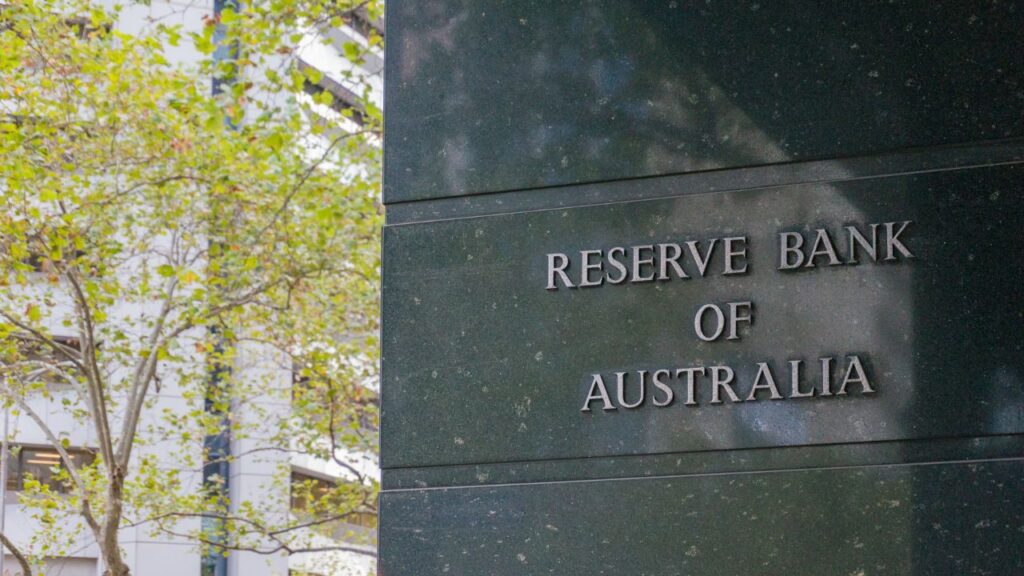[ad_1]
The RBA decided to leave the OCR at 4.35 per cent, and said that it needs to see more evidence that inflation has cooled down.
”Headline inflation has fallen, but underlying inflation is still too high,” Governor Bullock said.
“The cash rate will stay restrictive until the Board is confident that inflation is moving sustainably to the middle of our 2–3 per cent target range.
“Recent data on inflation and economic conditions are still consistent with these forecasts, and the Board is gaining some confidence that inflation is moving sustainably towards target.”
Strong economy
Ray White Group Chief Economist, Nerida Conisbee said the hold is disappointing but reflects the relative strength of the economy, particularly compared to much of the rest of the world.
“Conditions aren’t exactly firing but we are not in recession, employment growth is ok, retail trade is growing, unemployment is staying relatively low,” Ms Conisbee said.
“Another reason given for the hold is a recognition that inflation has in part been pushed lower by the National Energy Bill Relief program where each household has been given $300 off their electricity bill.
‘While I don’t agree this should be a major reason – inflation is manipulated up and down by a lot of government initiatives, the other reality is that the outlook for 2025 is now looking a lot more difficult to predict.”
Sticky inflation
Eleanor Creagh, REA Group Senior Economist, said that although headline inflation is within the target, underlying price pressures, stickier components of inflation, and a resilient labour market have prevented an interest rate cut this year.
“Households remain under pressure and consumers remain cautious, choosing to save a large portion of July’s tax cuts,” Ms Creagh said.
“Although employment growth continued and the unemployment rate held steady at 4.1 per cent in October, the labour market has softened over the past year.
“Slowing employment and inflation may prompt rate cuts from May 2025.”
Listings down
LJ Hooker Group, Head of Research, Mathew Tiller, even with positive headline inflation figures, underlying inflation remains above the target 2-3 per cent range, making any reduction unlikely until May.
“The next economic data is released at the end of January, and even if they were positive numbers, it doesn’t mean the RBA will cut straight away as it will want to see a period of subdued inflation, and that pushes out any rate cut,” Mr Tiller said.
He said new listings have fallen as potential sellers wait and see when the RBA will take action in the New Year.
Growth stalling
Research Director at CoreLogic Asia Pacific, Tim Lawless said the hold decision comes at a time when economic growth has stalled and is tracking lower on a per capita basis over the past seven quarters.
“Outside of the pandemic period, the annual change in GDP hasn’t been this weak since 1991 as the economy was emerging from recession,” Mr Lawless said.
“So far, the RBA has held to this path; the economy has staved off a recession, albeit largely due to population growth and government spending.
“Similarly, households are battling through a seven-quarter ‘per capita’ recession that has been compounded by a period of negative real income growth and a depletion of savings, yet we haven’t seen mortgage arrears rise beyond 2 per cent.
Anthony Waldron, Mortgage Choice CEO, said the decision to leave the cash rate unchanged is not surprising.
“It follows a warning from Governor Bullock that recent falls in headline inflation may be short-lived due to Federal Government rebates that have kept the price of energy bills low and put downward pressure on inflation,” Mr Waldron said.
“Until the Reserve Bank is satisfied that inflation can stay within its target of 2-3 per cent over a sustained period, households will have to hold out for the long-awaited cash rate cut.”
Cuts coming in 2025
Ms Conisbee said up until a few weeks ago, markets were predicting four rate cuts for 2025.
“Now they are predicting two with the first to come in around May and the second in September,” Ms Conisbee said.
“The main driver of this has been the election of Trump in the US and the potential for widespread economic challenges in the US, and by extension, for us.”
Housing is slowing
Mr Lawless said from a housing perspective, the fact that we have seen national home values rise a further 5.5 per cent in the past 12 months is a reminder that housing markets respond to more than just interest rate settings.
“An undersupply of newly built housing, low levels of advertised supply, strong demand from population growth, and windfall gains in home values have kept some upward pressure on the market, and have kept sales volumes elevated through most of 2024,” he said.
“This is changing now with high interest rates and affordability constraints finally cooling the pace of growth in home values.”
[ad_2]
Source link

